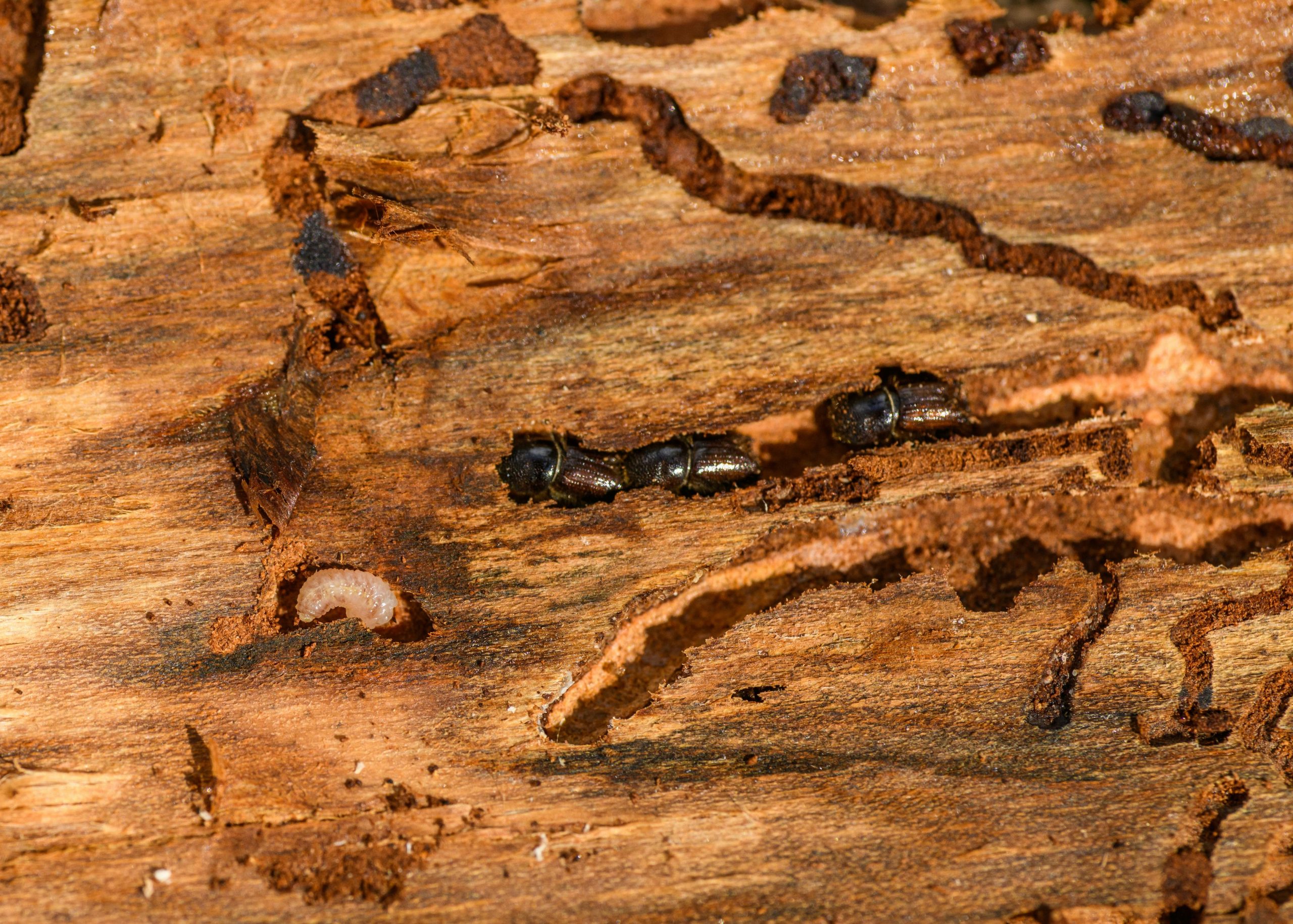The Big Three Woods For Smoking: Doing Texas BBQ Right
Table of Contents
Smoking meat is more than a method—it’s a tradition, a craft, and for many, a personal passion. The aroma of smoldering wood, the anticipation of that first bite, the quiet satisfaction of getting it just right. Ask any BBQ lover, and they’ll tell you the woods for smoking that you use are more than fuel. It’s flavor. It’s identity.
With so many wood types to choose from, it’s easy to get lost in the options. But if you’re looking to build a strong foundation or refine your signature smoke, three heavy hitters deserve your attention: Post Oak, Hickory, and Mesquite. Each brings its own distinct character to the pit, and each lends itself to different cooking styles and flavor profiles.
Let’s explore what sets these woods apart—and how to choose the one that suits your BBQ goals.
The Big Three Woods For Smoking
What makes Post Oak, Hickory, and Mesquite stand out is their versatility and deep roots in regional barbecue styles. They’ve earned their reputation not just through tradition, but because they work—and work well.
Post Oak is often the wood of choice in central Texas, and for good reason. It burns evenly, with a mild, earthy smoke that enhances rather than overwhelms the meat. If you’re smoking brisket for hours and want that telltale bark without burying the flavor, Post Oak provides a clean, reliable burn and a flavor profile that complements beef beautifully. It’s the quiet force in the smoker—gentle, consistent, and deeply satisfying.
Hickory brings a richer, more assertive smoke to the mix. Think classic BBQ aromas and that slightly sweet, bacon-like depth that lingers in the air. It pairs exceptionally well with pork—shoulders, ribs, sausages—but also does wonders for poultry when used with a bit of restraint. Hickory can take over if you’re not careful, but balanced well, it delivers the kind of old-school flavor that defines backyard barbecue for many.
Mesquite, by contrast, doesn’t do subtle. It’s bold, intense, and distinctive, often associated with Southwestern grilling. Its smoke is powerful and can quickly dominate the flavor of whatever it touches. That’s not a bad thing, but it does require a little finesse. Mesquite shines in shorter cooks—steaks, burgers, game meats—where its robust character has less time to become overpowering. For longer smokes, it’s often better used in moderation or as part of a blend.
Flavor Intensity: Matching Wood to Your Preferences
Each of these woods has its own “volume” when it comes to smoke. If you’re imagining a dial on a stereo, Post Oak sits somewhere in the middle. It’s present, but never intrusive. Hickory pushes the volume up with a strong, familiar smokiness that still respects the meat. Mesquite cranks it all the way, offering a hit of flavor that’s impossible to miss.
Choosing the right wood comes down to what kind of barbecue you’re aiming for. Do you want the meat to shine, with just a whisper of smoke in the background? Post Oak is your go-to. Looking for something bolder, with classic BBQ notes that hit the nose before the first bite? Hickory might be your best bet. If you like your smoke loud and proud, Mesquite delivers—just be ready for it to take center stage.
How They Burn
Smoke isn’t just about flavor—it’s also about fire. The way these woods behave in your smoker or grill can influence everything from temperature control to cook time.
Post Oak burns long and steady. That’s part of why it’s so popular for low-and-slow brisket cooks. It creates a stable heat source, ideal for hours-long smoking sessions where consistency is key.
Hickory is similarly dependable, though it can run a little hotter. It’s a versatile burner, suitable for both slow smoking and higher-heat grilling. It also produces a dense smoke, which adds to its boldness.
Mesquite burns hot and fast. It’s a good match for quick cooks but can be tricky during long sessions. Its high resin content can lead to bitter notes if overused or burned improperly. Used correctly, though, it produces that unmistakable mesquite flavor beloved in Tex-Mex and cowboy-style grilling.
Pairing Wood with Meat
One of the most helpful ways to choose a smoking wood is to think in terms of pairings—matching the intensity of the wood with the richness of the meat.
Post Oak is best suited to long cooks and beef cuts like brisket or short ribs. It enhances flavor without stealing the spotlight and works beautifully with marinades or simple salt-and-pepper rubs.
Hickory is a natural fit for pork—ribs, shoulders, chops—and it plays well with poultry too. Its stronger flavor makes it great for bolder spice rubs and sweet sauces.
Mesquite excels in fast, hot cooks. Think seared steaks, burgers, lamb chops, or game meats. It’s not for the faint of heart, but if you enjoy smoky depth with a hint of sharpness, mesquite brings something no other wood can.
Blending Woods for Balance
You’re not limited to just one. Many experienced pitmasters blend woods to find a flavor that’s just right. You might start a brisket cook with Post Oak and toss in a chunk or two of Hickory midway for added depth. Or balance Mesquite’s strength with a milder base to keep it from becoming too dominant.
Experimenting with blends can be a great way to develop your signature smoke profile—something uniquely yours. It’s a process of trial, error, and delicious discovery.
Your Smoke, Your Style
The best part of choosing wood for smoking is that there’s no definitive answer—only what works for you. Taste preferences, cook style, smoker type, even your location can influence the best choice.
Start simple. Try cooking the same cut of meat with each wood type over a few weekends and pay attention to how the flavor changes. Keep notes if you like. Notice which profiles keep you coming back for another bite. Whether you become a loyalist to Post Oak’s clean burn, fall hard for Hickory’s richness, or lean into Mesquite’s wild side, the point is to explore and enjoy the process.
Remember, great barbecue isn’t about following strict rules—it’s about finding what makes your smoke, and your food, truly your own.




